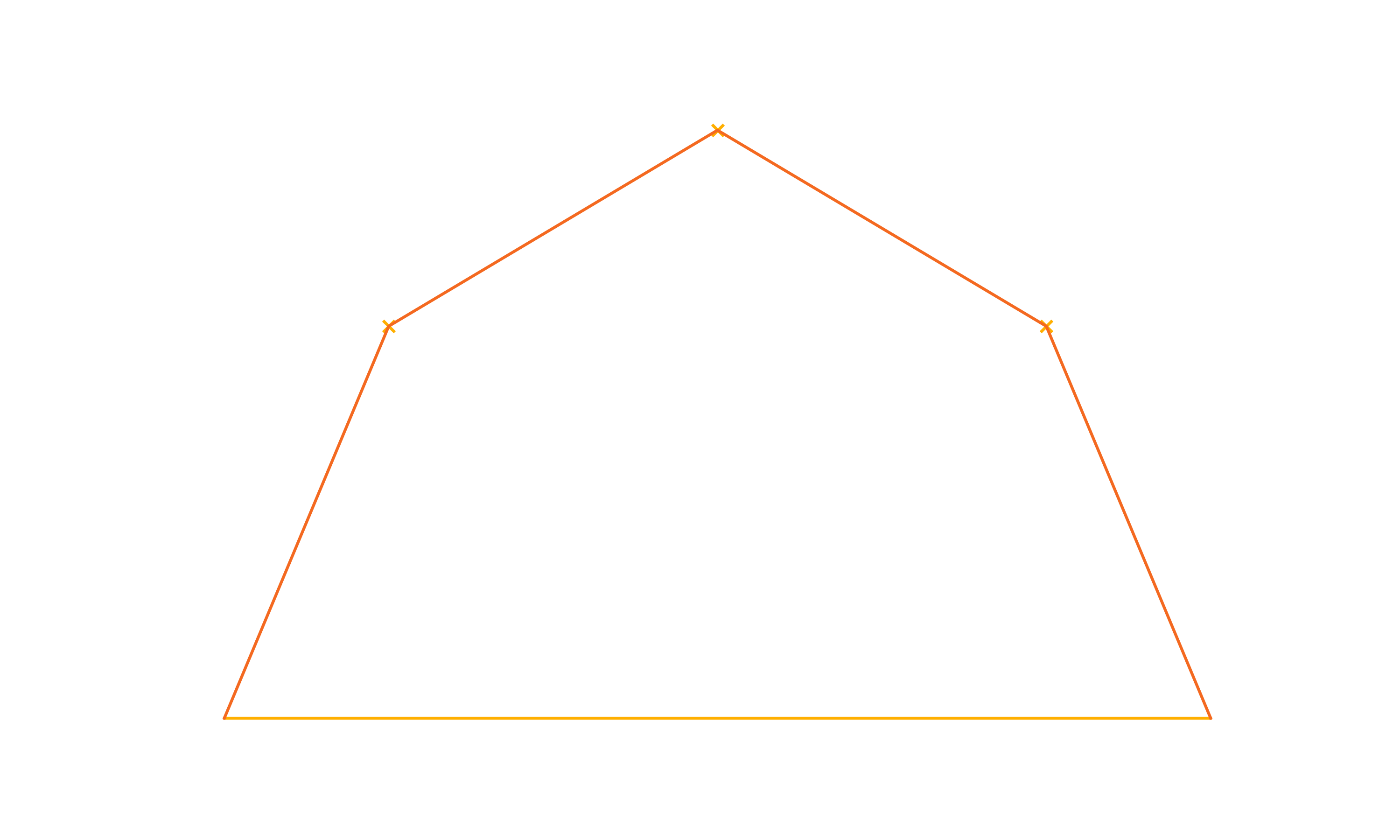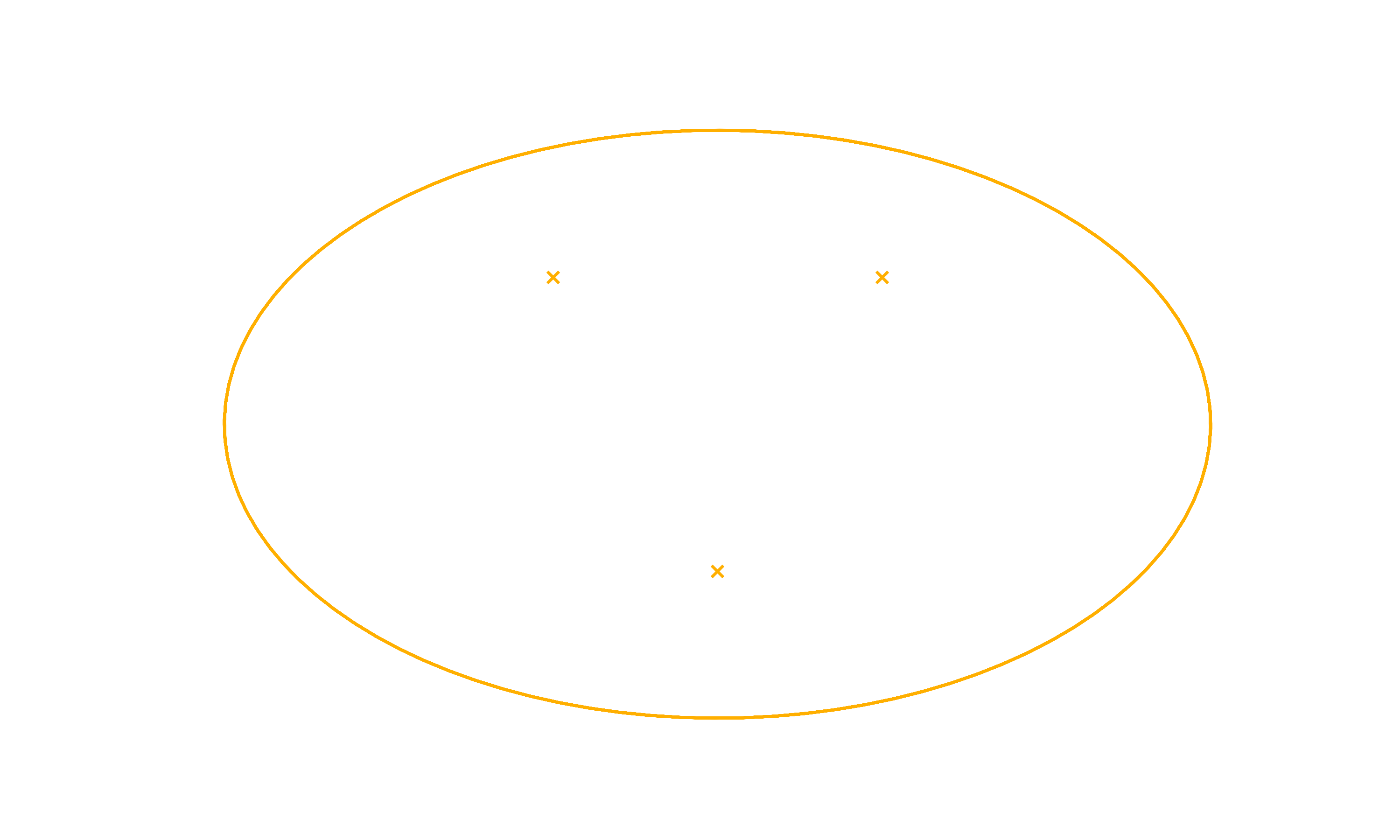
Vegetative propagation is a type of asexual reproduction where new plants grow from the roots, stems or leaves of a parent plant. It is an important topic for NEET and Class 10 Biology, especially because it helps students understand natural and artificial methods of plant reproduction. Below is a simple definition and exam-focused explanation.
Propagation Meaning (In Simple Words)
Propagation means growing new plants.
In biology, “propagation” refers to the process through which plants multiply or increase in number. Vegetative propagation is one method of plant propagation where plants grow from vegetative parts such as roots, stems or leaves instead of seeds.
What is Vegetative Propagation?
The new plants produced are genetically identical to the parent because this method involves asexual reproduction. This technique is commonly used in horticulture, gardening and commercial farming to multiply plants with desirable traits. Instead, new plants can be grown from existing ones using asexual reproduction techniques like grafting and budding. This process involves only one plant, and the offspring are genetically and morphologically identical to the parent plant.
Vegetative propagation takes place through various plant structures. Non-vascular plants have gemmae and spores as vegetative reproductive structures, whereas vascular plants have roots, stems, leaves, and nodes. Meristem tissue, found in plants, is essential for vegetative propagation because it contains undifferentiated cells that divide constantly, promoting plant growth. Meristems also give rise to specialised permanent tissues, which help plants grow.
Types of Vegetative Propagation
Vegetative propagation occurs in two ways—natural and artificial. These are frequently asked in Class 10 and NEET exams, so remember at least two examples from each method.
Vegetative propagation is a form of asexual reproduction in plants where new plants are generated from vegetative parts of the parent plant, such as stems, roots, or leaves. This process leads to offspring that are genetically identical to the parent plant. There are two primary types of vegetative propagation: natural and artificial.
Natural Vegetative Propagation
Natural vegetative propagation happens without human involvement. Common methods include:
-
Runners – e.g., strawberry
-
Rhizomes – e.g., ginger
-
Tubers – e.g., potato
-
Suckers – e.g., banana
-
Bulbs – e.g., onion
Artificial Vegetative Propagation
Artificial methods are controlled by humans to grow plants faster:
-
Cutting – a piece of stem/leaf is planted (e.g., rose, money plant)
-
Layering – a stem is bent to touch soil and develops roots
-
Grafting – two plants are joined (e.g., mango, citrus)
-
Tissue Culture – small plant tissues grown in a lab to produce many identical plants
Vegetative propagation is a widely employed technique in horticulture for plant propagation, providing a rapid and efficient means to produce new plants identical to the parent plant.
Vegetative Propagation in Plants
Vegetative Propagation by Stem
Plants like strawberry (runners), rose (stem cuttings) and mint (stem branches) reproduce through stems.
Vegetative Propagation by Roots
Plants such as sweet potato, dahlia and mint can grow new plants from root fragments.
Vegetative Propagation by Leaves
Bryophyllum produces plantlets on leaf margins that fall and grow into new plants.
Vegetative propagation is a method of plant reproduction that does not involve the formation of seeds or spores. Instead, new plants are produced from specialized vegetative structures such as roots, stems, and leaves. This process allows plants to reproduce asexually, giving rise to genetically identical offspring, known as clones.
Vegetative propagation in Bryophyllum takes place through specialized structures on the leaves, known as plantlets or bulbils, which develop into new plants when they fall on the ground. These plantlets can already root and grow into a new plant, making Bryophyllum an excellent example of leaf vegetative propagation.
Additionally, vegetative propagation by roots, where adventitious roots develop from underground stems or root systems, enabling the plant to spread laterally and produce new individuals. This method is common in plants like mint, where the roots can give rise to new shoots and plants.
Another method of vegetative propagation by stems, where specialized structures such as runners, stolons, or rhizomes grow horizontally along the ground, producing new plants at intervals. This is seen in strawberries, where runners develop roots and form new plants along their length.
Overall, vegetative propagation in plants like Bryophyllum showcases the diverse ways in which plants can reproduce asexually through various organs and structures, ensuring their survival and spread in different environments.
Vegetative Propagation Examples
Vegetative propagation is an important aspect of plant reproduction because it enables plants to reproduce asexually while producing genetically identical offspring. Several examples of vegetative propagation are commonly seen in nature and agriculture:
-
Potato — tubers
-
Strawberry — runners
-
Bryophyllum — leaf plantlets
-
Banana — suckers
-
Rose — stem cuttings
-
Mint — rhizomes
-
Grapes — stem cuttings
These examples illustrate the diverse ways in which plants can reproduce vegetatively, allowing them to spread and propagate without the need for seeds.
Vegetative Propagation Class 10 — Short Notes
-
Asexual reproduction method
-
Plants grow from roots, stems or leaves
-
Offspring identical to parent
-
Two types: natural & artificial
-
Examples: Potato, Bryophyllum, Mint, Strawberry
-
Important exam question: “Define vegetative propagation with examples.
Vegetative Propagation Diagram – Bryophyllum

Vegetative Propagation Diagram – Potato Tuber

Advantages of Vegetative Propagation
Vegetative propagation offers several benefits to both plants and growers:
- Faster reproduction: Vegetative propagation allows for quicker plant reproduction compared to growing from seeds. This is because cuttings or other plant parts already have some level of development, bypassing the germination and seedling stages.
- Genetic uniformity: Offspring plants are genetically identical to the parent plant. This ensures consistent traits like fruit quality, flower color, or disease resistance in the new generation.
- Propagation of sterile plants: Some plants produce non-viable seeds or are difficult to grow from seeds. Vegetative propagation allows for the reproduction of these desirable plants.
- Retention of desirable traits: Specific characteristics of a parent plant, like fruit size or disease resistance, can be guaranteed in the offspring through vegetative propagation.
- Early fruiting: Plants grown from vegetative propagation often flower and fruit earlier than those grown from seeds.
| Other NEET Biology Topics | ||
|---|---|---|
| Ribosomes | Pollination | Apomixis |
| Centrosome | Embryo | Tissues |
Disadvantages of Vegetative Propagation
Despite its advantages, vegetative Rootsalso has some drawbacks:
- Lack of genetic diversity: The population is more susceptible to widespread disease or pest outbreaks since offspring are genetically identical to the parent .
- Potential for disease transfer: If the parent plant has a disease, it can be transmitted to the offspring through vegetative propagation.
- Limited applications: Not all plants can be easily propagated vegetatively. Some plants may have difficulty rooting from cuttings or may not respond well to other methods.
- Skilled labour: Techniques like grafting require specific skills and knowledge to ensure successful propagation.
- Prone to overcrowding: Natural vegetative propagation methods like suckering can lead to overcrowding around the parent plant, hindering growth and resource availability.
Overall, while vegetative propagation is a valuable tool in horticulture, it's important to consider both its advantages and disadvantages when choosing the best method for plant reproduction.
Physics Wallah provides the online coaching for NEET exam in India, with high-quality training at a reasonable price. Explore NEET Online Courses by PW which have been skillfully designed to help students excel in their NEET exam preparation and succeed in the highly competitive NEET exam. Physics Wallah connects students with highly qualified teachers who specialize in explaining complicated ideas.| NEET Exam Important Links | |
|---|---|
| NEET Biology Syllabus | NEET Biology Diagrams |
| NEET Biology MCQ | NEET Biology Chapter wise Weightage |
| NEET Exam Notes | NEET Previous Year Question papers |
Vegetative Propagation FAQs
How is vegetative propagation in potato takes place by?
How is vegetative propagation carried out in potato?
What is vegetative propagation in Bryophyllum?
What does a vegetative propagation diagram show?
How does vegetative propagation occur by roots?
How does vegetative propagation occur by stems?










